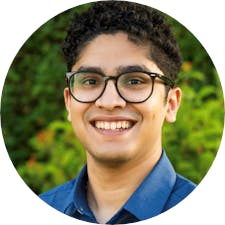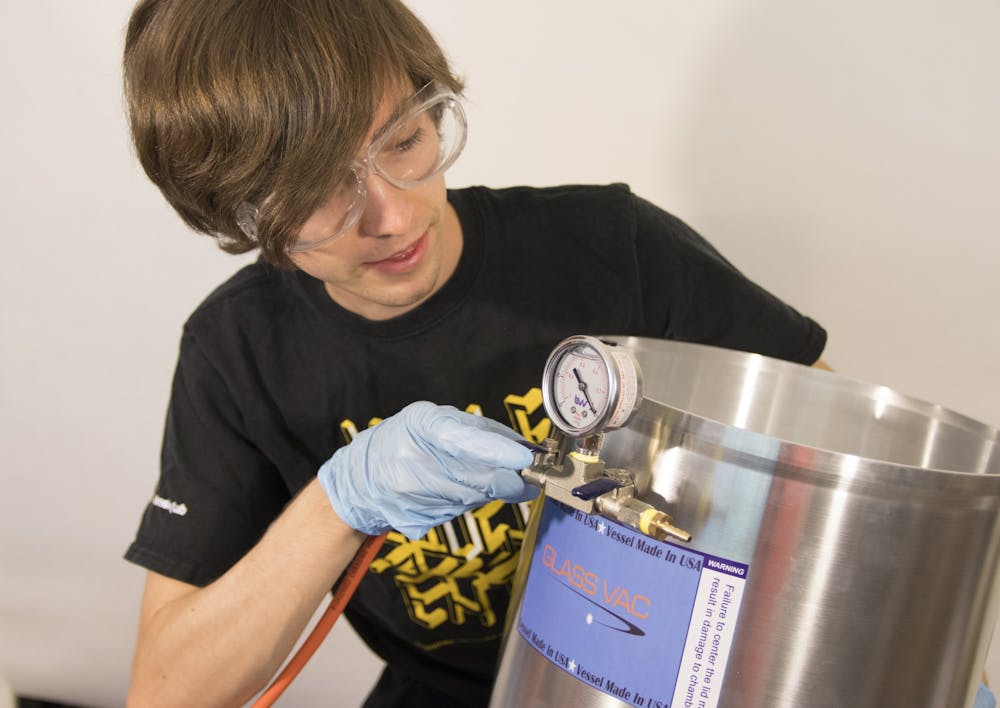A team within ASU’s Luminosity Lab designed two units to provide a compact and effective way to sterilize personal protective equipment amid the COVID-19 pandemic.
The lab's PPE Response Network created a sterilization team that focused on scaling down an original design by Battelle, a technological research and development center. The design transformed shipping containers into vaporized hydrogen peroxide units and was used to sterilize a large quantity of N95 masks at the same time.
These original sterilization units are large, expensive and hard to come by, so the team wanted to create a system that could be used in clinics, schools and small businesses.
John Patterson, a graduate student studying electrical engineering and one of the members of the team, said the large-scale models worked for large facilities, but they're impractical and too expensive for smaller ones.
“That left a very large gap in the marketplace for the use of smaller systems that really would allow people who weren't massive facilities to have access to the same quality of sterilization and technology," he said.
Given the shortage of the N95 masks, Patterson said the team would be able to provide the developing communities and clinics to increase utilization of what they already have.
“Basically, extend the life of something that was never meant to have an extended lifespan,” Patterson said.
While the team’s main focus was on creating a smaller VHP system to sterilize N95 respirators and face coverings, they also designed and developed an ozone sterilization generator that can disinfect general goods. This system uses air to create disinfectant.
“What it does is it breaks oxygen in the air down to radicals which recombine occasionally into ozone gas," Patterson said. "This is very good at eliminating viral loads on surfaces."
Katie Pascavis, a sophomore studying mechanical engineering and another member of the team, said electronics left in the unit showed no degradation after being there for hours.
“This could make it a very effective system for places like schools and even industries where they have to keep using face coverings or keep using the same supplies over and over again,” Pascavis said.
These ozone systems could be beneficial in places such as ASU dormitories and communal spaces given the need to sanitize different materials, according to Pascavis.
Unlike most sanitary disinfectant items, the units that the team have created allow for a more thorough sterilization by getting into and on the areas that conventional cleaning items would have difficulty doing.
While the Luminosity Lab was the main developers of the project, the Biodesign Institute, SkySong Innovations, and ASU Corporate Engagement were large contributors.
Nikhil Dave, a junior studying neuroscience and the team's leader, said the biggest challenge during the project was collaborating with others to perform the scientific validation necessary to move forward. But, with the help of these partners, the team was able to succeed.
“The collaborations and relationships we formed with partners for the purpose of quickly and directly impacting Arizona in a time of need was what drove this project forward,” Dave said in an email to The State Press.
The team is currently looking for manufacturing partners so they can provide their units to the necessary locations.
Reach the reporters at ljchatha@asu.edu and follow @LukeJC2 on Twitter.
Like The State Press on Facebook and follow @statepress on Twitter.

Luke Chatham is a Community & Culture reporter and previous Business and Tech reporter. He also worked in the studio production crew for Cronkite News and is currently a freelance reporter and writer for Arcadia News.




